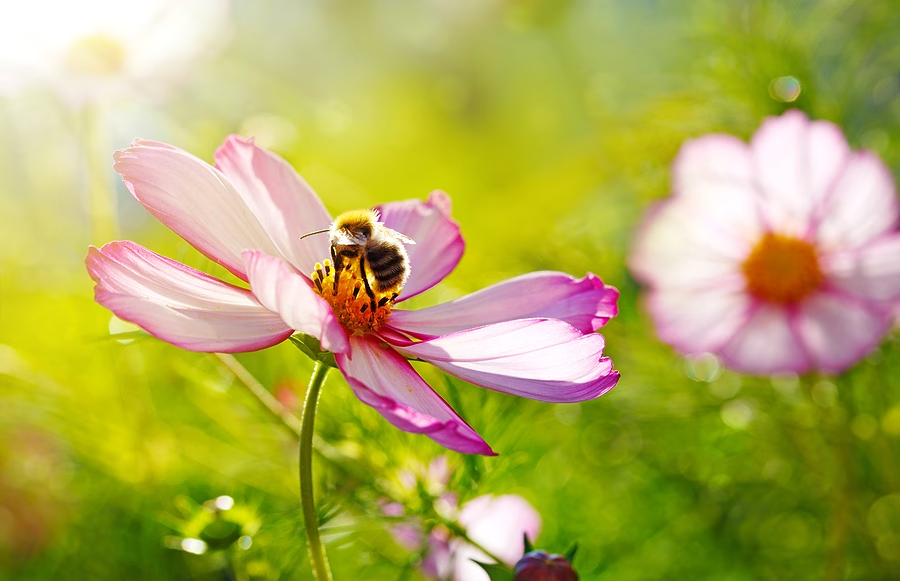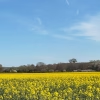No products in the cart.
Return To Shop
There are all sorts of intriguing ingredients that we have at our disposal these days and putting food on our plates has never been more fun… so if you’re into kitchen experiments and want to take your nutrition to the next level, you might want to consider stocking up on some bee pollen from time to time.
This is an increasingly popular supplement and, in fact, has now attained superfood status thanks to its incredible nutrient profile, vitamins and antioxidants – so you’re sure to be hearing more and more about it as time goes on.
To help you work out if it’s the right choice for you and your diet, here are just some of the more frequently asked questions that come our way here at Higgins & Rose.
Hopefully, this will steer you in the right direction but, as ever, if you need any further help or advice, get in touch with the team today!
But, for now, just enjoy the buzz!
What is bee pollen?
Bee pollen is what we get when the female worker bees go out foraging for food. Pollen from the plants is collected and stored in tiny sacks on the sides of the last set of the bees’ rear legs. These pollen balls are then carried back to the hive where they are stored and used as a protein source to feed the young bee larvae.
This pollen can be harvested by fitting a pollen collection device at the hive entrance, so when the worker bee goes back into the hive, the pollen balls are gently knocked off their legs and collected in a tray below. The pollen is then slowly dried to preserve its nutritional benefits, flavours and colours.
Is bee pollen the same as bee bread?
No, bee pollen and bee bread are different, with the pollen being turned into bread once it’s been transported back to the hive and left to ferment, with additional honey infusions added by the bees.
Both bee pollen and bee bread are perfectly safe to consume, but they should be enjoyed in moderation as the bee colonies need a rich constant supply of pollen to survive and reproduce efficiently.
What are the health benefits of bee pollen?
Interestingly, the use of bee pollen as both a medicine and as food to eat can be dated all the way back to Ancient Egypt, revered for its many medicinal properties and potential health benefits, including:
– Reducing inflammation
– Reducing swelling
– Supporting liver health
– Lower cholesterol
– Immune system support
– Stress reduction
– Easing of menopause symptoms
– Accelerated healing
– And (potentially) increasing breast size!
How much bee pollen should you take per day?
Taking one to two teaspoons per day should be sufficient for bee pollen intake, but note that some people may be more sensitive to the product, so it’s advisable to start off with a smaller test amount to see how you react. The dosage can then be increased over time to see what your tolerance is.
Always check the label of the product you choose, as you should find further information regarding dosage recommendations.
As for what to do with it, the options really are endless! Sprinkle your pollen on some fruit and yoghurt, mix it in with some superfood truffles, chuck it in your smoothies, bake it into cakes or granola bars, stir it into tea or coffee, or just mix it with some honey for a more intense taste.








